Forgotten details buried under modern cities
Beneath the bustling cities and tranquil countrysides, an entire world lies hidden, waiting to be discovered. From ancient relics to forgotten stories, these subterranean treasures offer a glimpse into the past.
Archaeologists have long been captivated by the mysteries buried below. With each excavation, new chapters of history are slowly unearthed, revealing the lives, cultures, and innovations that paved the way for modern civilizations.
Lost Rivers: The Hidden Waterways of Urban Jungles
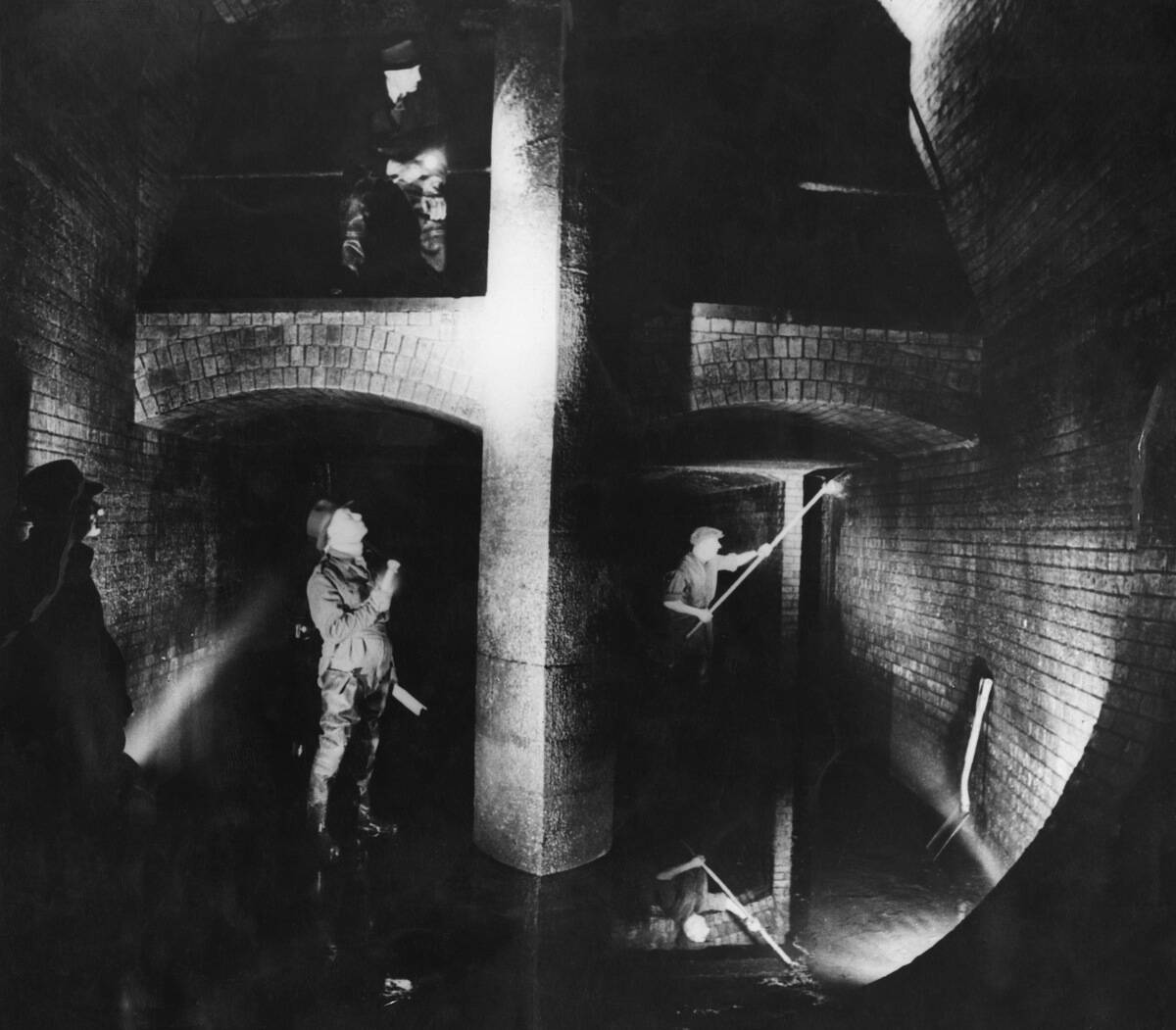
In many of the world’s greatest cities, rivers that once flowed above ground have been buried beneath layers of concrete. London, for example, has several lost rivers, including the Fleet and the Tyburn, which now run unseen through underground culverts.
Paris, too, hides the Bièvre River beneath its streets. These waterways provided essential resources and transport routes in the past, shaping the urban landscapes we know today.
Underground Tunnels: The Secret Passageways of the Past
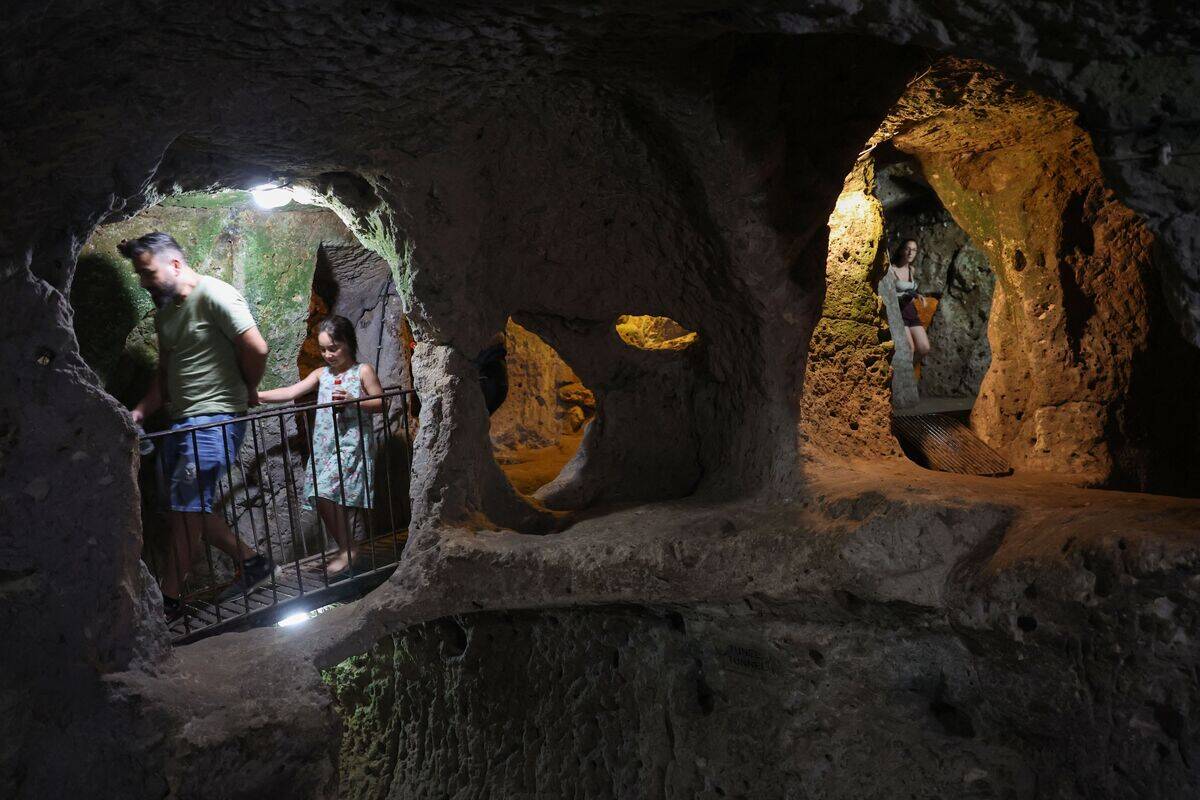
Underground tunnels have served as secret passageways and escape routes throughout history. The Catacombs of Paris, for instance, extend over 200 miles beneath the city, originally quarried for stone and later used to house the remains of over six million people.
In Turkey, the ancient city of Derinkuyu was rediscovered in the 1960s, revealing a multi-level complex that could shelter thousands from invaders.
Ancient Foundations: The Bedrock of Modern Metropolises
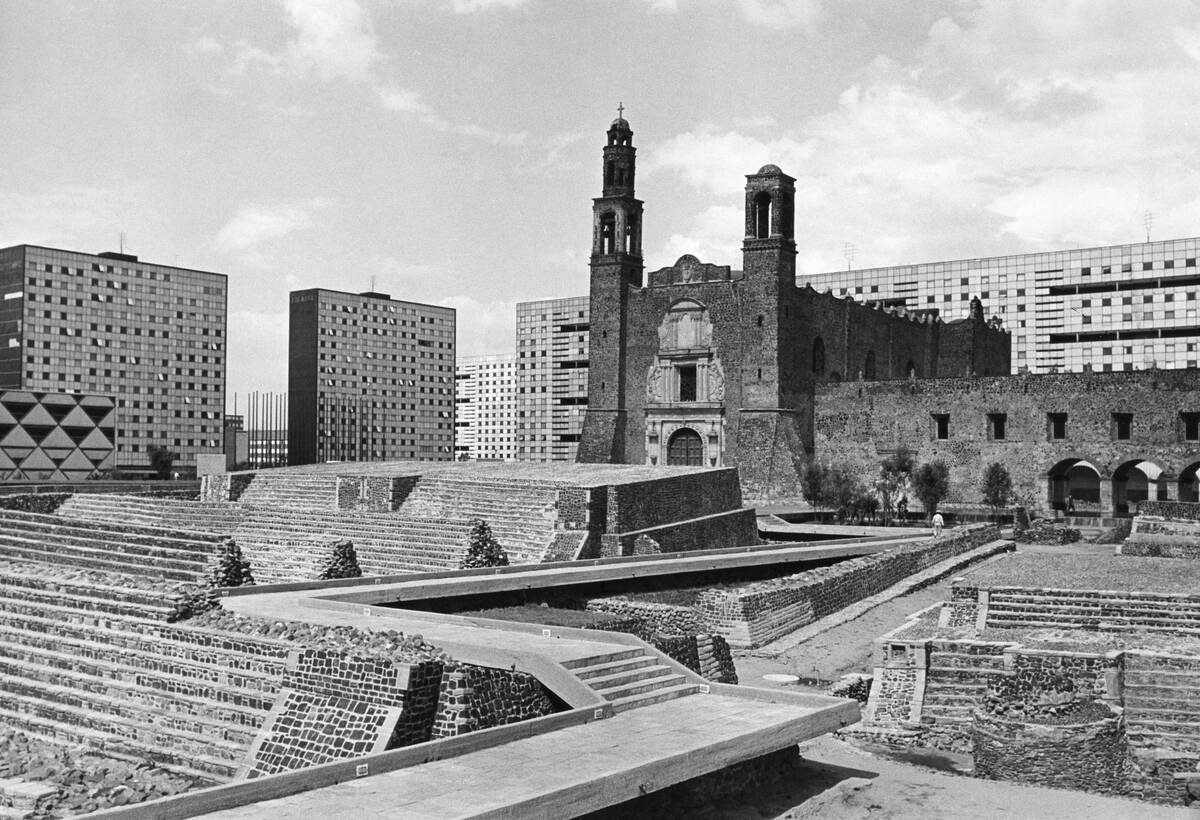
The foundations of ancient cities often form the literal and metaphorical bedrock of modern metropolises. In Rome, the Colosseum’s foundations illustrate the ingenuity of Roman engineering, with an intricate system of vaults and corridors.
Similarly, Mexico City’s Templo Mayor lies beneath the city center, showcasing the Aztec civilization’s architectural prowess. These ancient foundations remind us of the enduring influence of past societies.
Forgotten Cemeteries: Resting Places Rediscovered
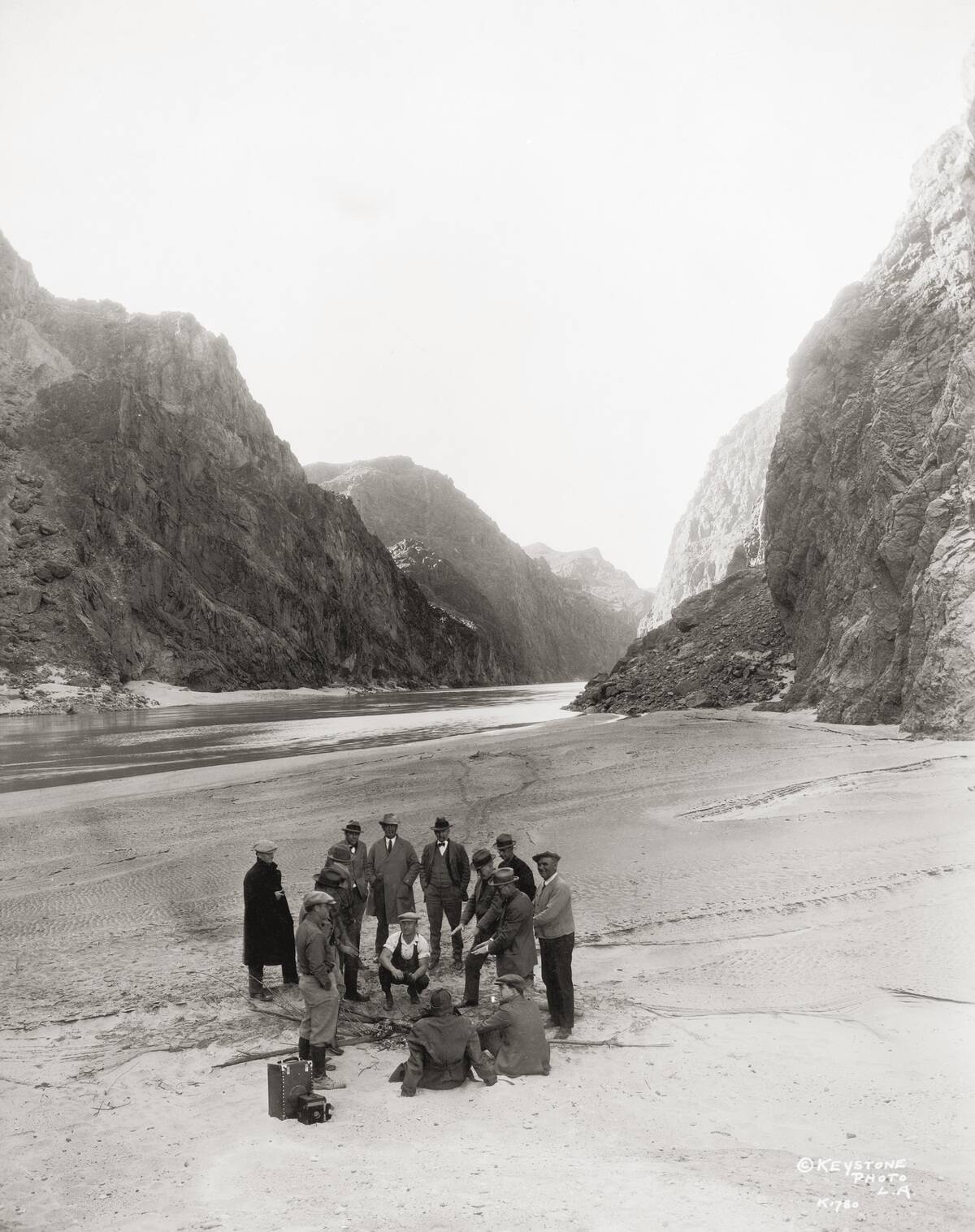
Forgotten cemeteries often emerge during construction projects, offering insights into past lives and customs. In New York City, the African Burial Ground was uncovered in the 1990s, revealing a colonial-era cemetery for enslaved and free Africans.
London’s Crossrail project unearthed a medieval burial ground at Liverpool Street. These rediscovered resting places provide a poignant connection to those who came before us.
Subterranean Markets: Trading Hubs of Yesteryear
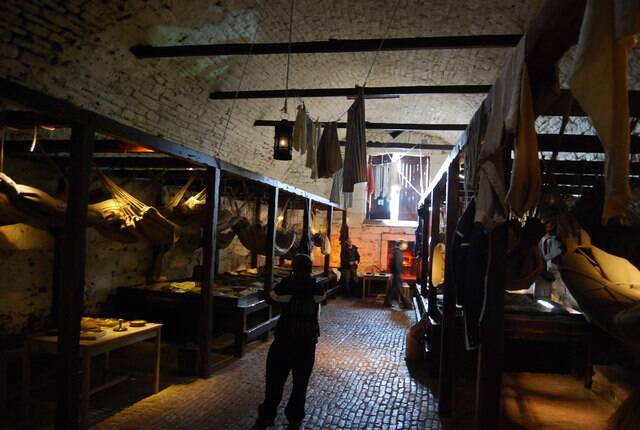
Beneath modern streets, remnants of bustling markets from bygone eras still linger. In northern France, the forgotten underground city of Naours once hosted bustling markets and workshops carved into the limestone, hidden for centuries beneath the fields above.
Edinburgh’s Vaults, constructed in the 18th century, housed tradesmen and storage facilities.
Hidden Temples: Sacred Spaces Beneath the Surface
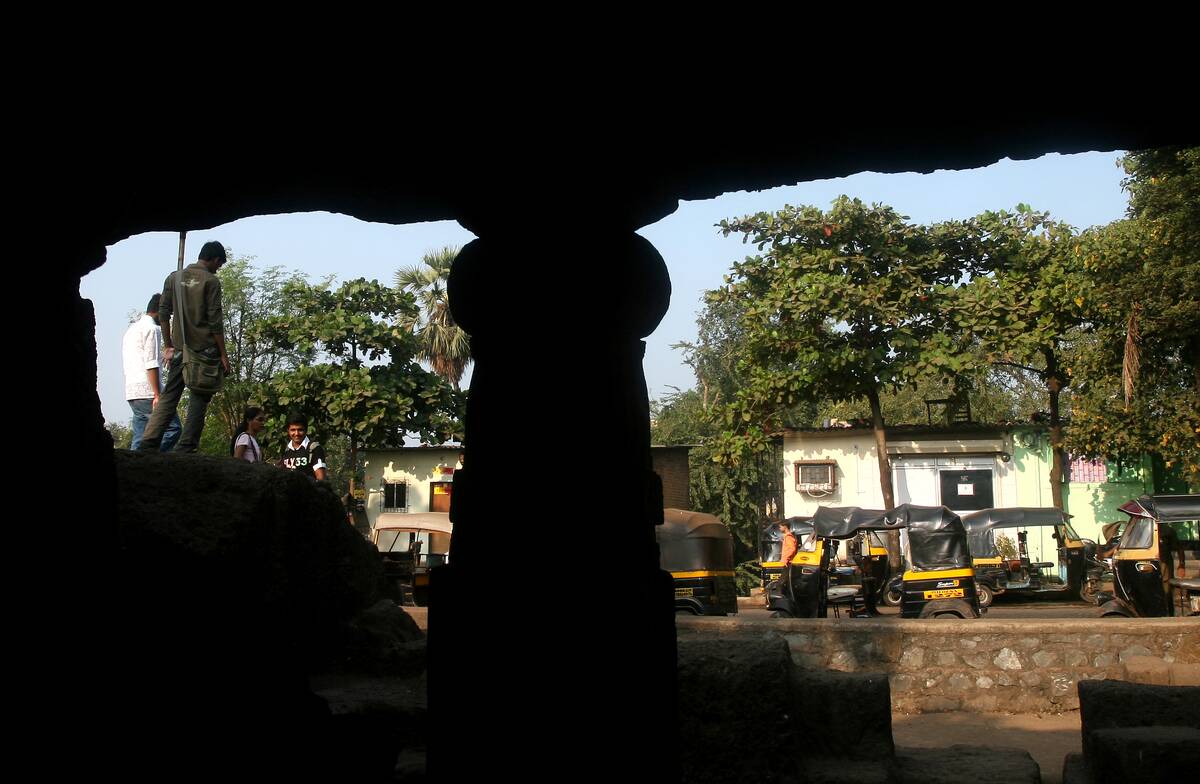
Across the globe, hidden temples lie beneath layers of earth, preserving ancient spiritual practices, now archeological remains. In India, the Mahakali Caves near Mumbai date back to the 1st century BCE, serving as a sanctuary for Buddhist monks.
Meanwhile, in Egypt, the Osireion at Abydos sits partially submerged, dedicated to the god Osiris. These sacred spaces offer a glimpse into the spiritual lives of ancient civilizations.
Buried Artifacts: Treasures Lost to Time
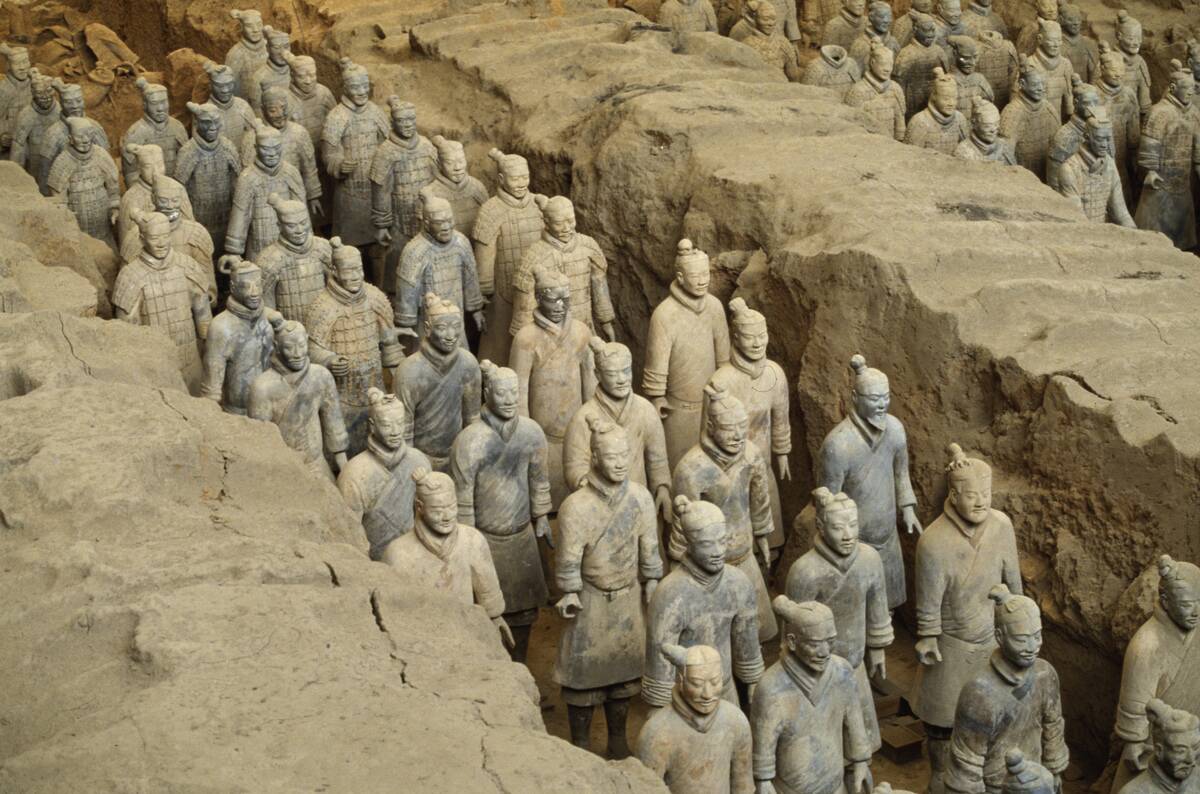
Archaeologists often uncover buried artifacts that provide tangible links to the past. The Staffordshire Hoard, discovered in England in 2009, contained over 3,500 pieces of Anglo-Saxon gold and silver.
In China, the Terracotta Army, unearthed in 1974, revealed thousands of life-sized sculptures buried with Emperor Qin Shi Huang. These treasures offer invaluable insights into the cultures and crafts of ancient peoples.
Sunken Villages: Communities Lost Under Concrete
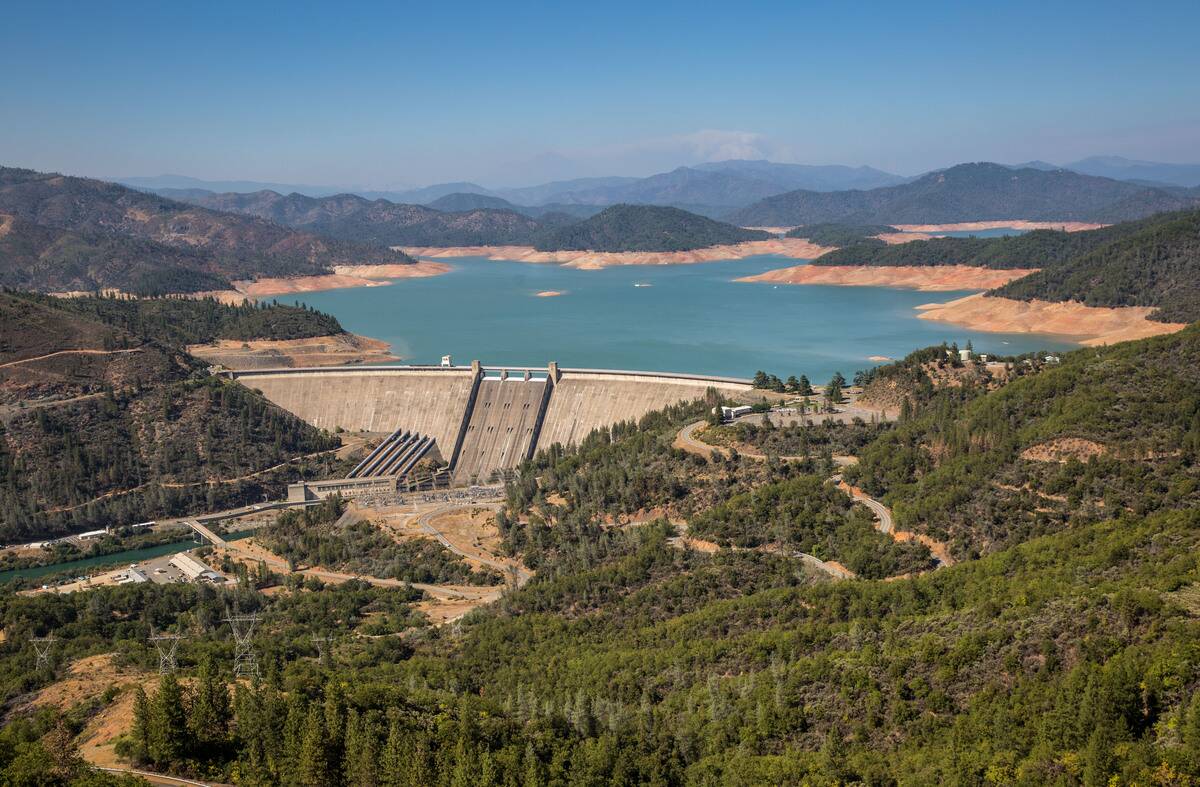
As cities expand, entire villages have been submerged beneath urban development. In China, the ancient village of Shi Cheng lies beneath Qiandao Lake, submerged during the construction of a hydroelectric dam in 1959.
Similarly, in the United States, the town of Kennett, California, was flooded to create the Shasta Lake reservoir. These sunken villages are poignant reminders of the costs of progress and modernization.
Old Railways: The Ghosts of Transit Systems Past
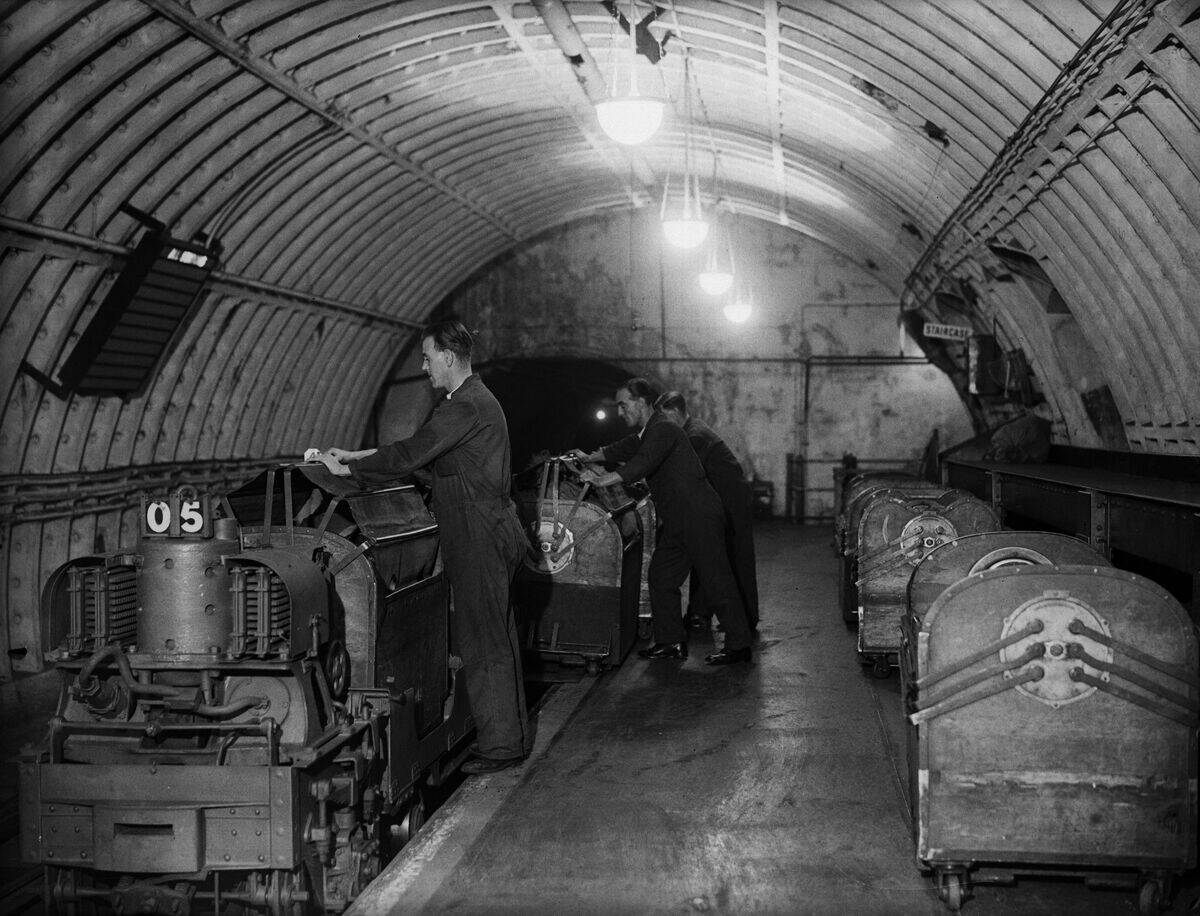
Abandoned railways echo the bygone era of steam and steel that once fueled urban growth. London’s Post Office Railway, now a museum attraction, once transported mail beneath the city.
In New York, the High Line, a former elevated railway, has been transformed into a public park. These remnants of old transit systems offer a nostalgic glimpse into the industrial past and its impact on urban development.
Historic Fortifications: The Silent Guardians Below
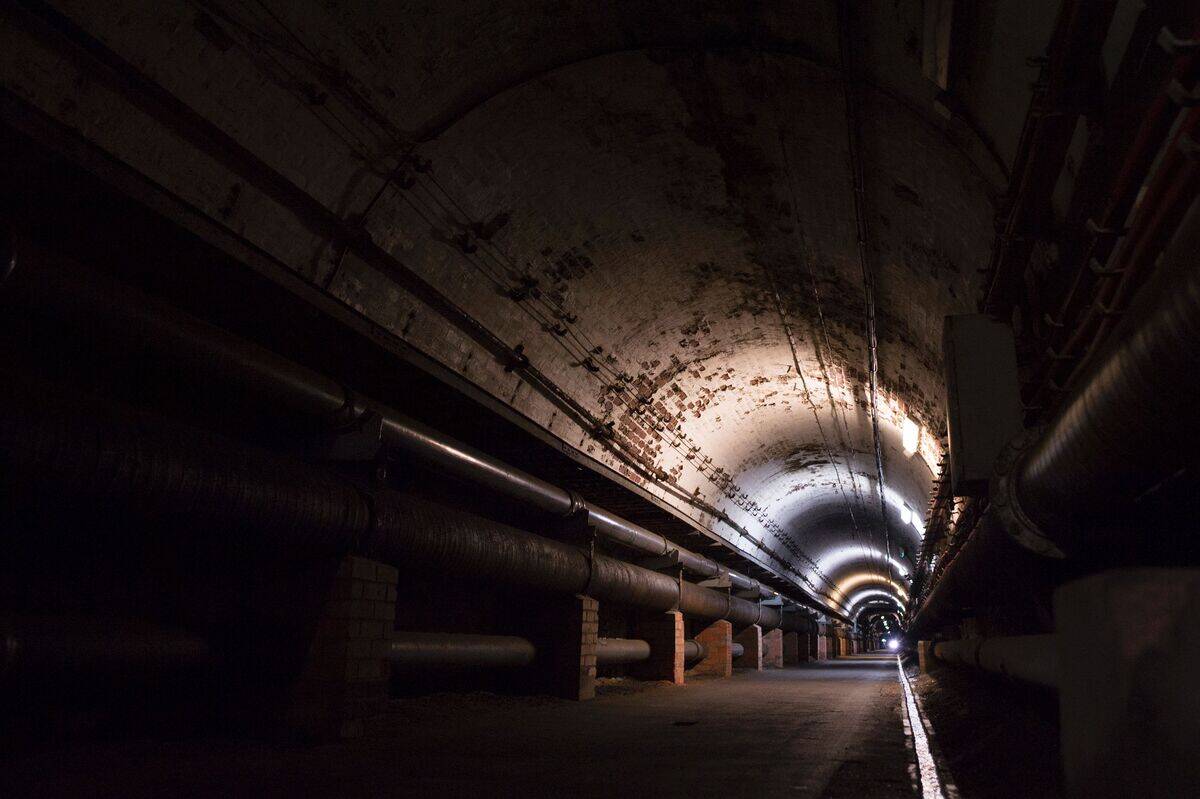
Beneath modern cities, historic fortifications stand as silent guardians of the past. The tunnels of Gibraltar, for instance, stretch for miles, having served as strategic defenses during World War II.
In France, the Maginot Line remains a testament to pre-WWII military engineering. These subterranean fortresses remind us of the lengths societies have gone to protect their people and territories.
Residential Ruins: Homes of Ancient Civilizations
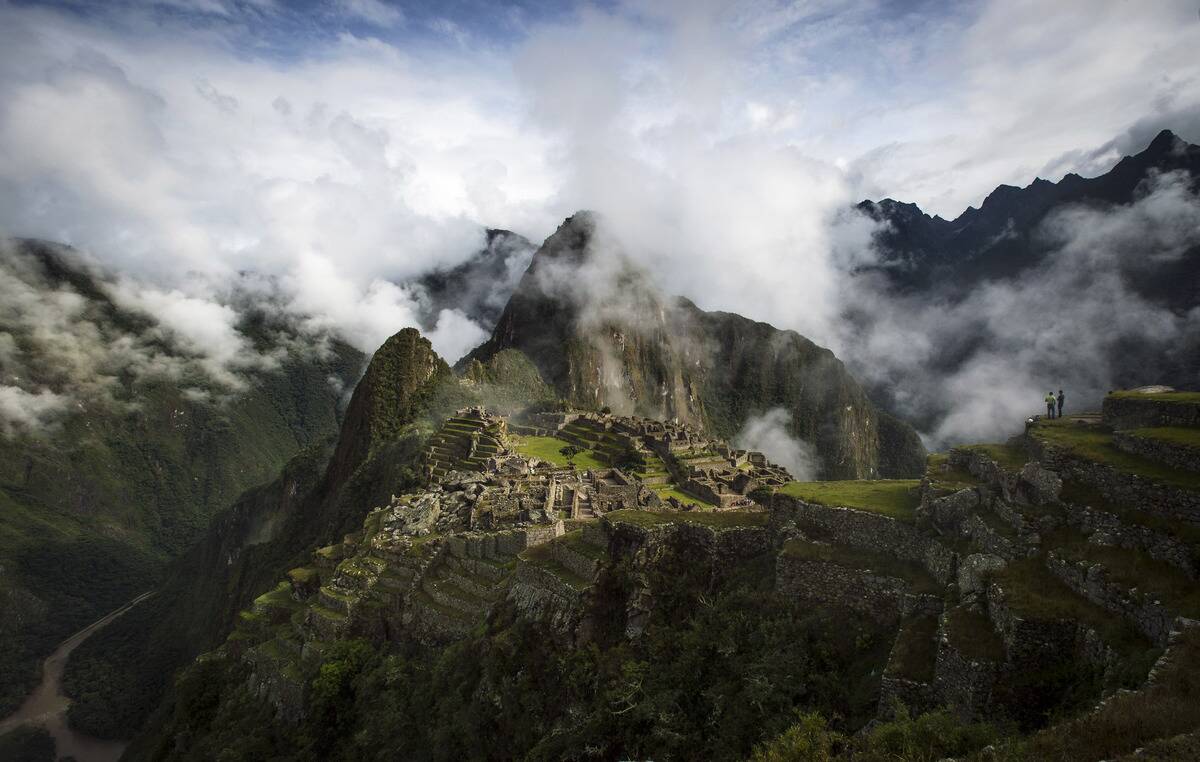
The ruins of ancient residential areas offer a glimpse into everyday life in bygone times. In Italy, the city of Pompeii, buried by the eruption of Mount Vesuvius, remains frozen in time, revealing homes, shops, and streets.
Meanwhile, in Peru, Machu Picchu’s preserved structures showcase Incan ingenuity and culture. These residential ruins provide invaluable insights into the domestic lives of ancient populations.
Industrial Relics: The Bones of Past Economies
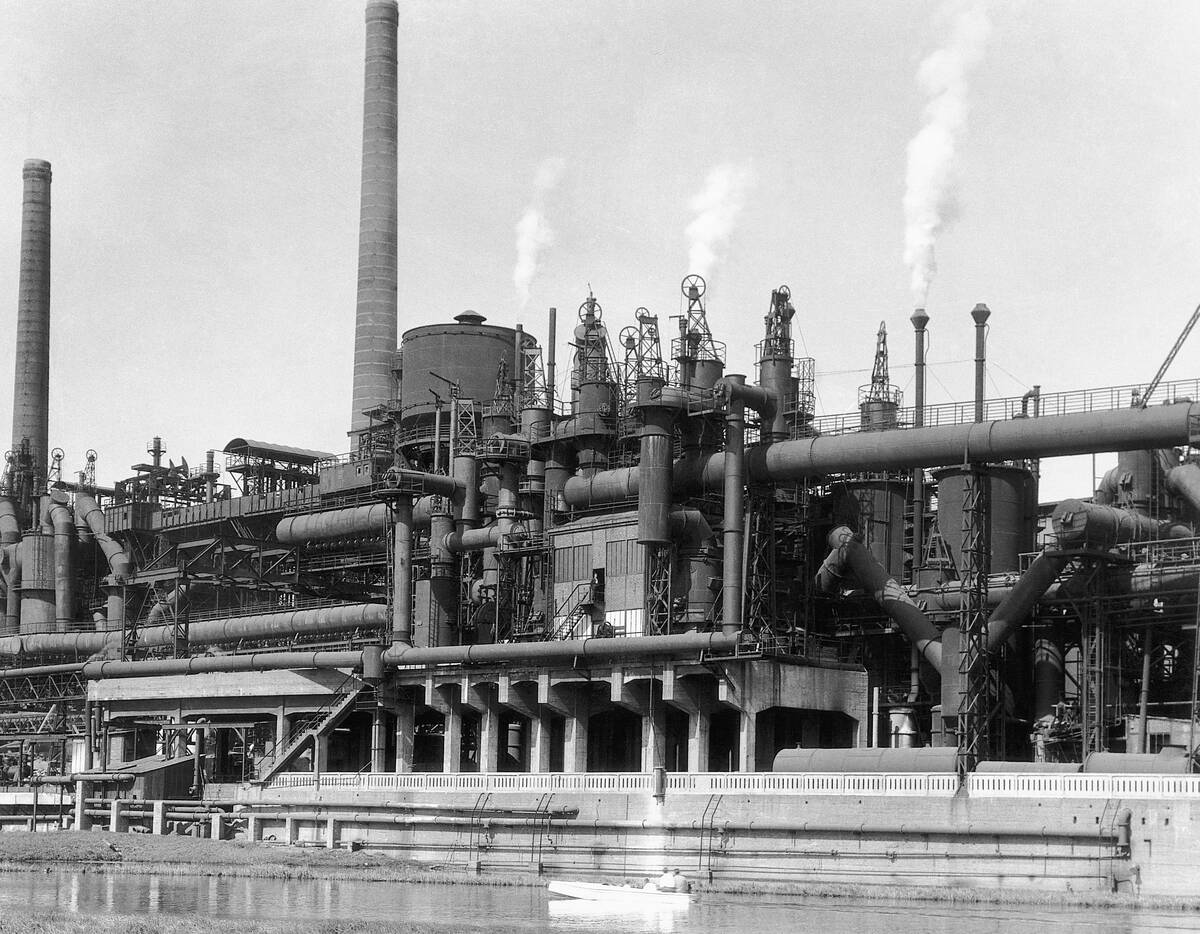
Rusting machinery and derelict factories are the bones of past economies, telling stories of industrial might. The Ruhr Valley in Germany, once a coal and steel powerhouse, now features repurposed industrial sites as cultural landmarks.
In the United States, Detroit’s abandoned salt mine highlights the city’s boom and bust history. These industrial relics serve as reminders of the transformative power of industry.
Unseen War Bunkers: Shelters of a Bygone Era
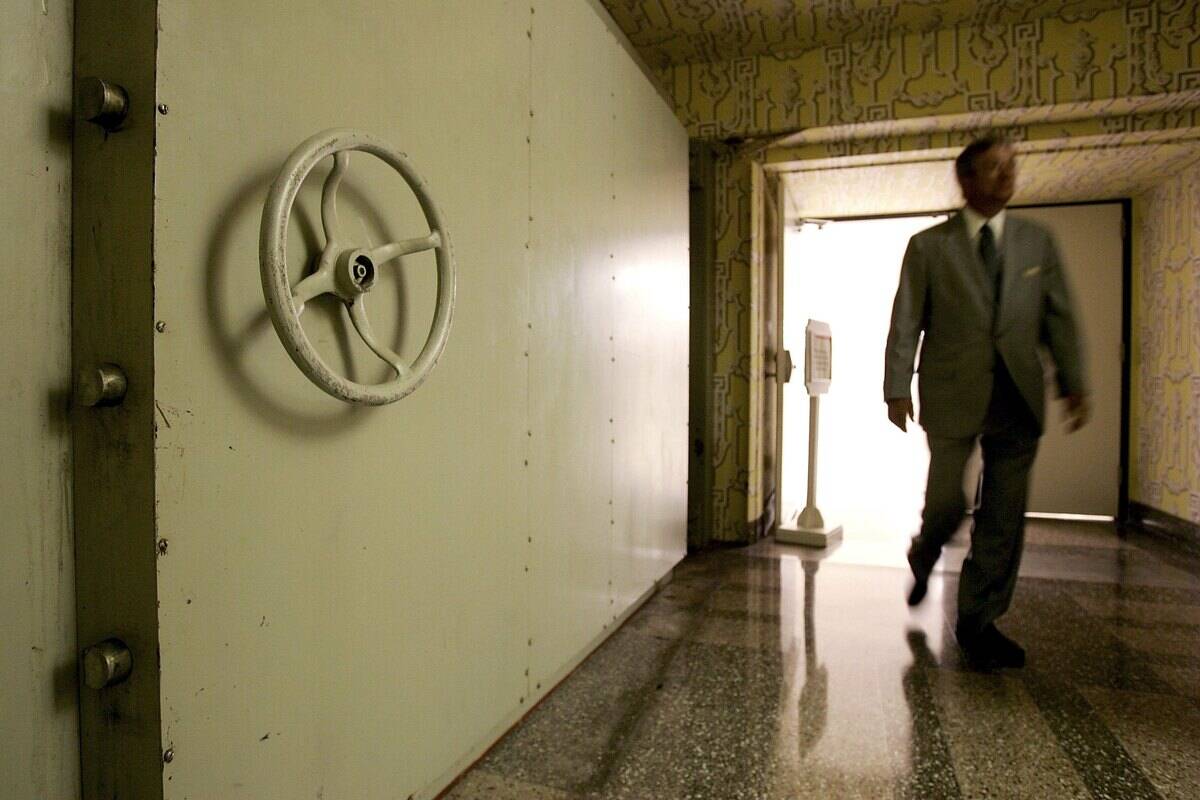
Hidden war bunkers offer a sobering look into the past’s conflicts and preparations. In Berlin, the Berliner Unterwelten tour takes visitors through WWII bunkers and Cold War shelters.
The Greenbrier Hotel in West Virginia harbors a once-secret bunker designed for the U.S. Congress. These unseen bunkers reveal the lengths to which nations have gone to protect their peoples during times of war and uncertainty.
Forgotten Stories: The Lives Once Lived Underground
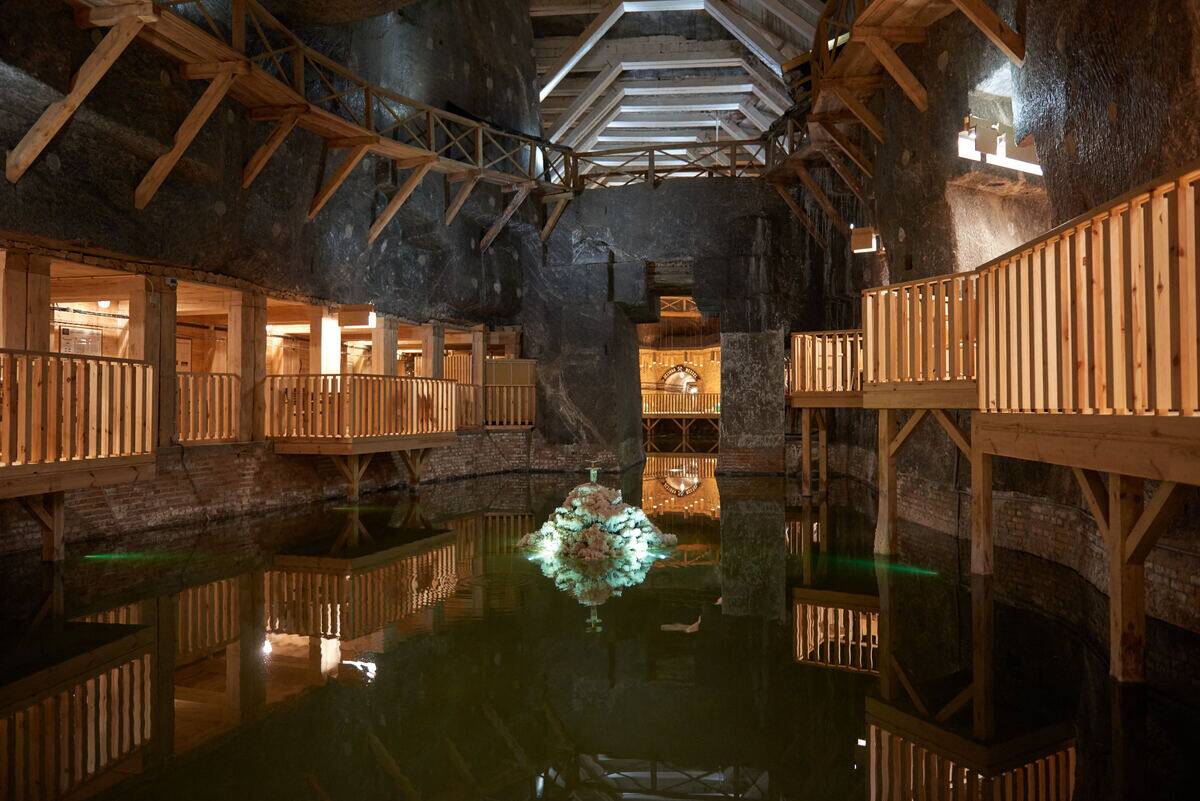
Beneath our feet lie countless forgotten stories of those who lived and worked in subterranean spaces. In Beijing, the Underground City, built during the 1970s as a Cold War shelter, housed thousands.
The Wieliczka Salt Mine in Poland, operational for centuries, employed miners who carved chapels and sculptures underground. These stories remind us of the resilience and resourcefulness of people who adapted to life below the surface.



